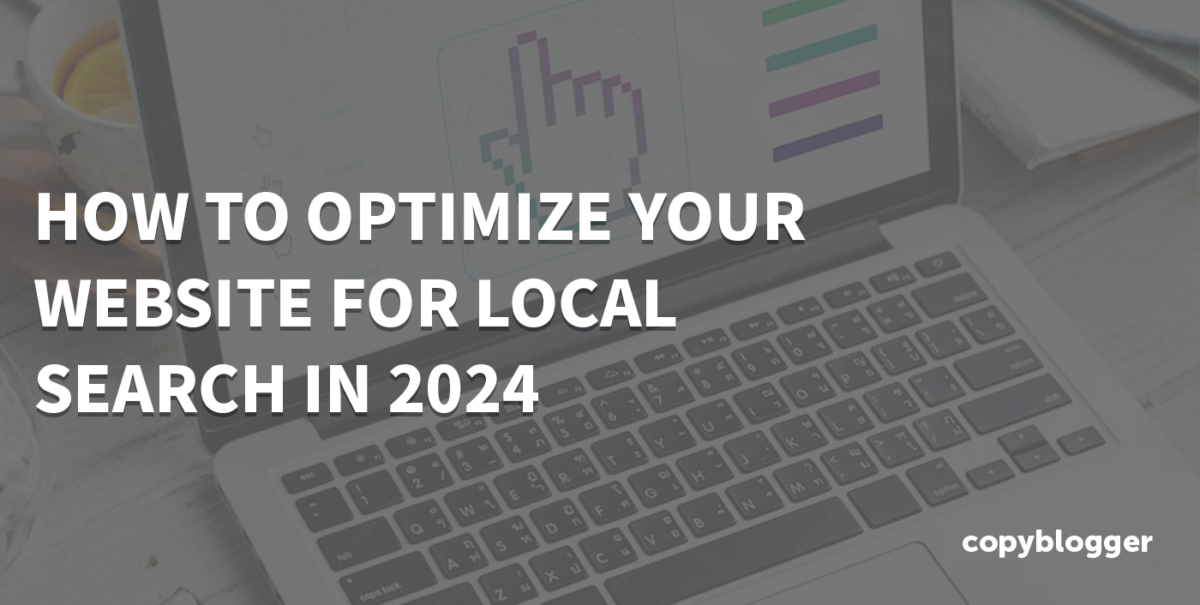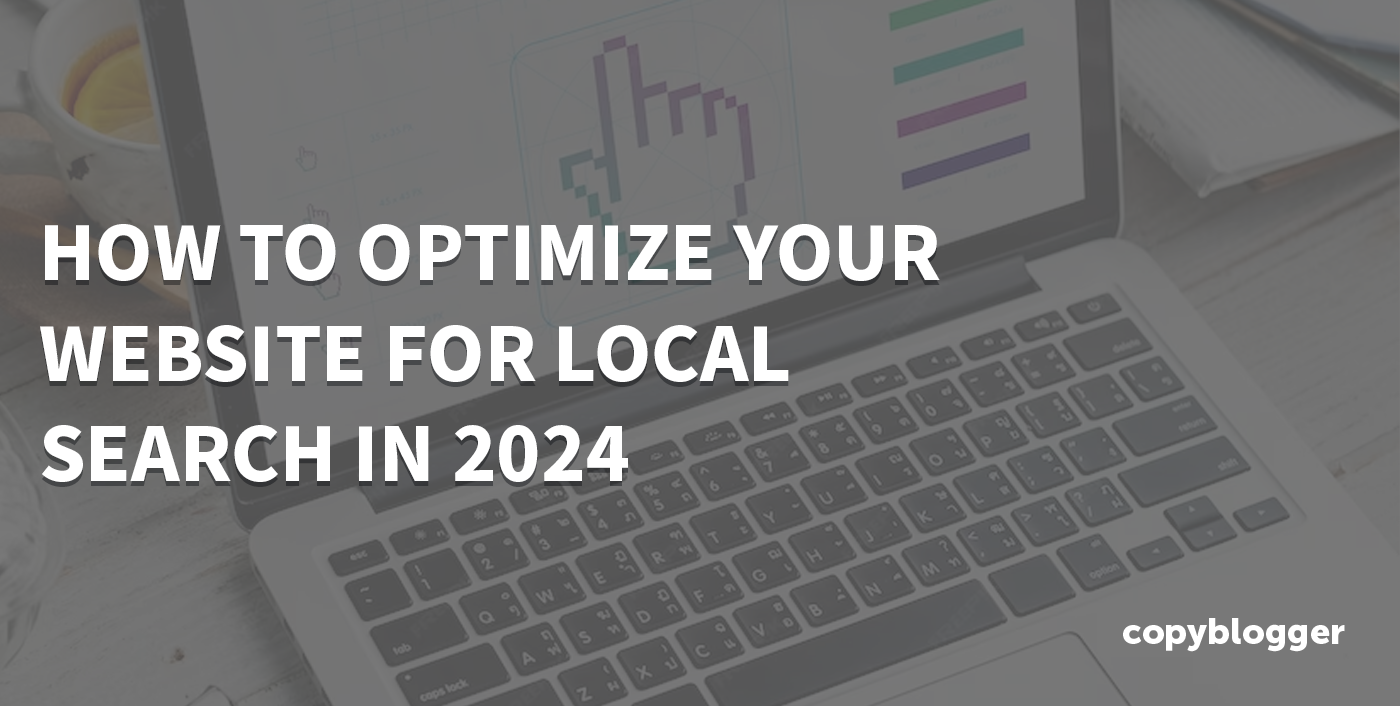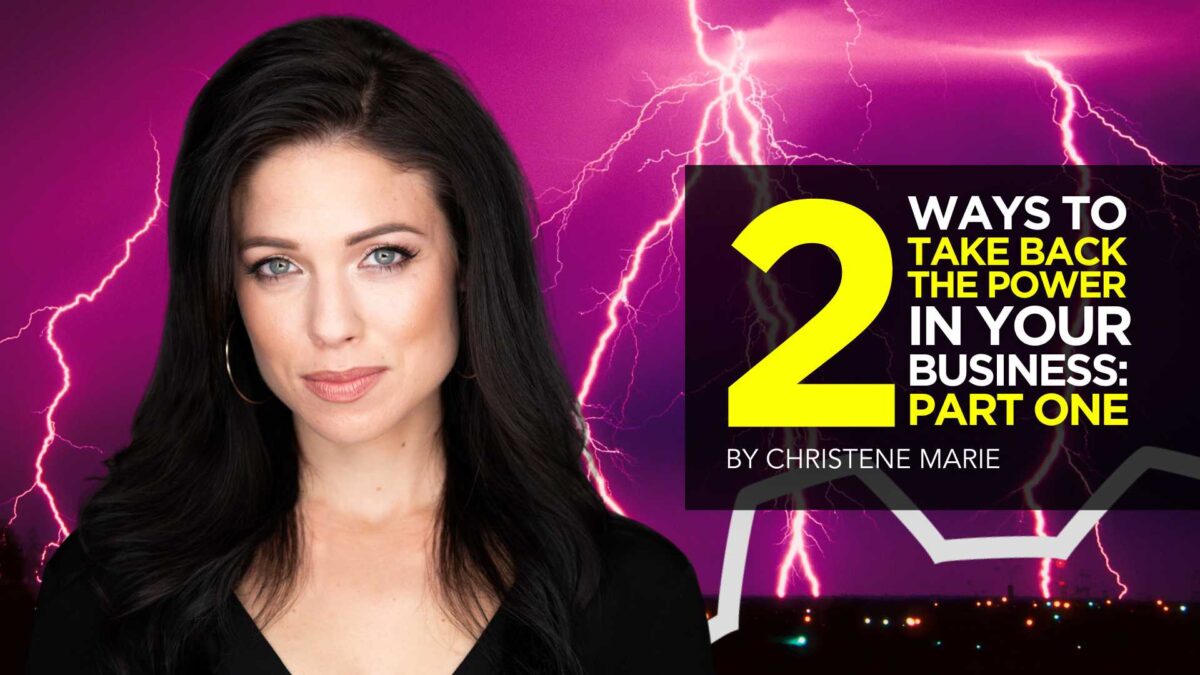

Let’s face it—it does no good to build a funnel and spend zero time optimizing for conversion. That’s a no-brainer, right?
But, how many of you are working closely with your head of sales to ensure that the opportunities you help generate actually convert into paying clients? Ultimately, if you want to be seen as a successful marketer, you’re going to have to show that marketing is driving sales.
Now, the challenge is that in today’s commoditized world, sales teams often struggle to stand out from the crowd. As a result, closed won rates plummet, and organizations find it challenging to demonstrate to prospects how their total value proposition is the clear winner against all of the other competitors.
To make matters worse, many organizations rely on “super hero” sales people or even the founder to close deals. This approach is not sustainable or scalable. You can’t build a successful sales team if you’re constantly relying on a select few individuals to bring in all of the business.
The solution to this problem is a sales process that follows a standardized approach while also creating clear differentiation with prospects at the same time. By implementing a systematic sales process, you can scale your sales efforts beyond just the founders and “super heroes.” This will lead to higher closed won rates and higher gross profit margins, as you’ll be able to win at premium prices.


The benefits of a systematic sales process are clear. You’ll be able to scale the process beyond founders and “super heroes,” achieve higher closed won rates, and enjoy higher gross profit margins as you’re now able to win at premium prices.
When I implemented a systematic sales process in my former agency, I was able to consistently have 60-70% closed won rates, even when I had zero involvement in deals. This is the power of a well-designed sales process. In fact, I standardized this process and called it the Systematic Sales Process™.
So, what does a Systematic Sales Process™ look like? Here are the five stages:
Stage 1: Evaluation
In this stage, you’ll have a 30-45 minute call with your prospect. The goal of this call is to point your prospect in the right direction—it’s not to “make a sale.” The reason we want to take this approach is that many prospects are likely not a good fit for your firm, so let’s not assume that every first call is an “opportunity.” That’s why we call this call the “Evaluation”—you want to evaluate whether or not you can help your prospect, whether or not they align with your requirements, and whether or not they are ready to move forward. We call this “two-way qualification.”
It’s not uncommon to reach the middle-to-end of the call and determine that your prospect, in fact, needs someone or something else other than you!
IMPORTANT: You should…


 ]]> {{{ ( data.maybeFilterHTML() === ‘true’ ) ? _.escape( data.label ) : data.label }}} ]]>
]]> {{{ ( data.maybeFilterHTML() === ‘true’ ) ? _.escape( data.label ) : data.label }}} ]]>



 ]]> {{{ ( data.maybeFilterHTML() === ‘true’ ) ? _.escape( data.label ) : data.label }}} ]]>
]]> {{{ ( data.maybeFilterHTML() === ‘true’ ) ? _.escape( data.label ) : data.label }}} ]]>



 ]]> {{{ ( data.maybeFilterHTML() === ‘true’ ) ? _.escape( data.label ) : data.label }}} ]]>
]]> {{{ ( data.maybeFilterHTML() === ‘true’ ) ? _.escape( data.label ) : data.label }}} ]]>











 ]]> {{{ ( data.maybeFilterHTML() === ‘true’ ) ? _.escape( data.label ) : data.label }}} ]]>
]]> {{{ ( data.maybeFilterHTML() === ‘true’ ) ? _.escape( data.label ) : data.label }}} ]]>